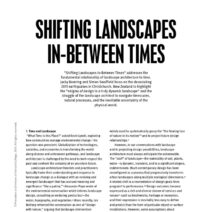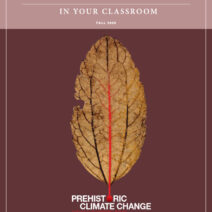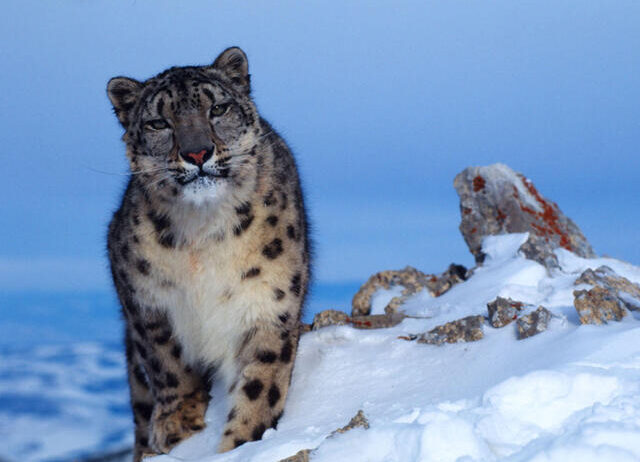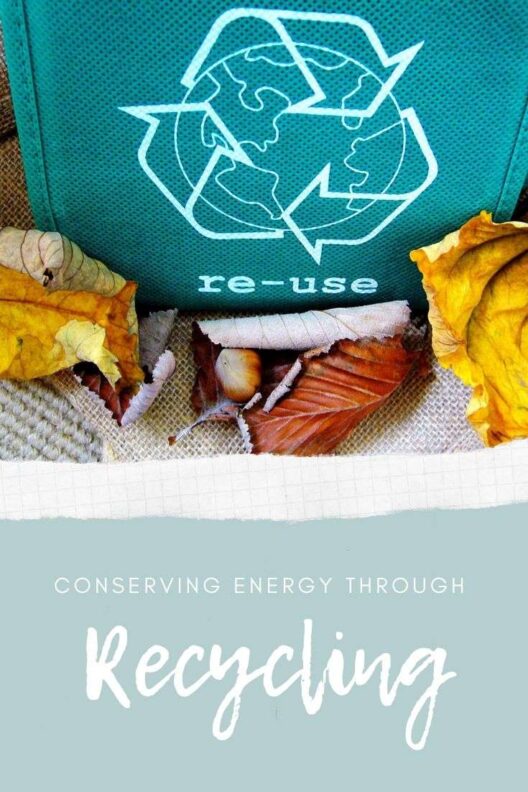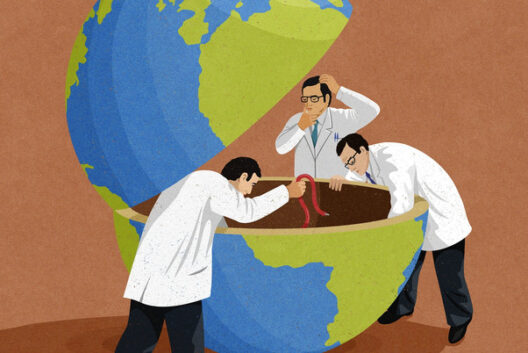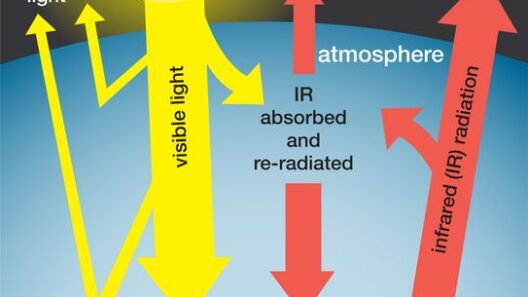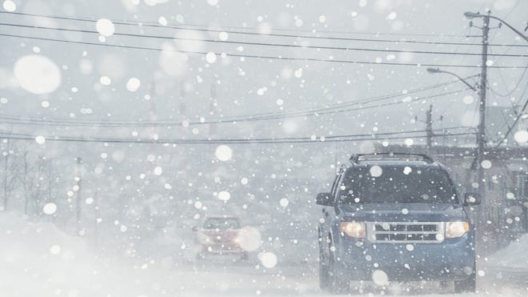As the sun’s rays stretch longer in the Arctic, a question beckons: What will become of the majestic reindeer and the elusive snow leopard in the face of an unyielding climate collapse? These iconic creatures, emblematic of the stark beauty of their habitats, are not merely symbols of nature—they represent fragile ecosystems at the brink of transformation. The changing climate has begun to challenge their very existence, threatening to redefine what we understand about these charismatic megafauna.
Reindeer, also known as caribou, roam the tundras and snowy landscapes of the Arctic and sub-Arctic regions. They are an integral part of the ecosystems they inhabit, linking various wildlife communities while supporting indigenous cultures. With their remarkable adaptations to frigid environments, such as hollow hairs for insulation and a unique ability to graze on lichens beneath the snow, reindeer have thrived for millennia. However, climate change is rewriting the rules of survival.
One of the most pressing challenges they face is the alteration of their grazing environments. As temperatures rise, the patterns of snowfall and thawing have become increasingly erratic. The lichen, a crucial food source during the winter months, is becoming less accessible. More frequently, rain falls on snow, creating icy crusts that prevent reindeer from reaching their forage. Consequently, the nutritional health of these animals is compromised, leading to lower birth rates and diminished populations.
Moreover, the encroachment of human activities, such as mining and oil extraction, exacerbates the distress faced by reindeer. Fragmented habitats and increased competition for resources push these animals further from their traditional ranges. An iconic species is now facing an existential crisis—not merely from climate change but also from the anthropogenic pressures that accompany it.
On the other side of the globe, snow leopards inhabit the frigid mountains of Central and South Asia, a stark contrast to the open tundras of their reindeer counterparts. These elusive felines are known for their stunning gray and white fur, perfectly camouflated against the rocky cliffs and snowy slopes they traverse. Among the apex predators in their ecosystem, they play a pivotal role in maintaining the balance of their habitat. Yet, similar to the plight of reindeer, snow leopards are facing a future precariously intertwined with climate fluctuations.
One of the primary threats snow leopards encounter is the loss of their natural habitat. As climate change leads to glacial melt and altered precipitation patterns, the high-altitude environments that sustain snow leopards are deteriorating. Their hunting grounds become fragmented, isolating populations and limiting genetic diversity. In a world where adaptability is key, the inability to traverse these altered landscapes poses a significant risk for their survival.
Additionally, the impact of climate change on prey species cannot be overlooked. Snow leopards primarily hunt animals like ibex and blue sheep, which also are susceptible to environmental changes. As these prey populations decline or relocate in search of more favorable conditions, snow leopards find themselves at a critical disadvantage. Their ability to hunt efficiently diminishes, leading to a detrimental cycle that threatens not only their survival but the entire ecosystem they inhabit.
The intersection of climate change with other environmental pressures has compounded the difficulties that both reindeer and snow leopards face. Increased human encroachment into wildlife territories poses a challenge to their way of life. From poaching to habitat destruction, these challenges not only reduce their population sizes but also contribute to the fragile balance within their ecosystems, an intricate web that relies on all species functioning harmoniously.
What can be done to thwart the impending crisis? A proactive approach incorporates multifaceted strategies aimed at addressing both climate change and conservation. Advocacy for stronger regulatory frameworks that protect these animals and their habitats is essential. By preserving migratory routes for reindeer and safeguarding critical areas for snow leopards, conservation efforts can mitigate some of the impacts of climate change.
Moreover, innovative conservation initiatives are gradually emerging. Local communities play a pivotal role in the stewardship of these cherished species. Involving indigenous peoples, who often have intricate knowledge of the land and its wildlife, helps to create sustainable practices that align with the needs of both humans and nature. By enhancing local engagement in conservation, the chances of thriving populations of reindeer and snow leopards can increase.
Scientific research continues to equip conservationists with data that can help strategize more effective measures. Monitoring climate change impacts on these species offers crucial insights into their survival tactics and adaptations. Additionally, public awareness campaigns can catalyze action, mobilizing global support for initiatives focused on mitigating climate change and restoring habitats.
As we consider the future of our planet, the fate of reindeer and snow leopards poses a stark reminder of the resilience of wildlife in the face of adversity. The delicate interplay between climate and animal life illustrates a profound truth: protecting the environment is not just about saving iconic species; it’s about preserving the intricate systems that sustain life. Through collective efforts and unwavering commitment, we can strive not just for survival but for a balanced coexistence between humanity and the magnificent wildlife that shares our planet. In this complexity lies the heart of conservation, an ever-evolving narrative that demands our active participation.
